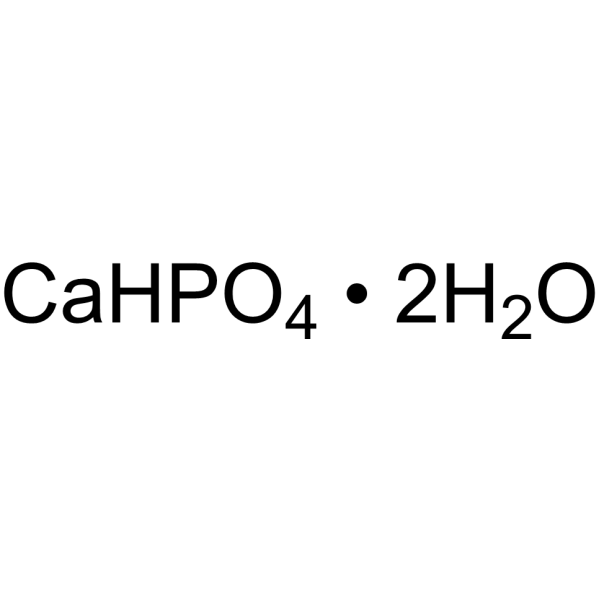Histopathological and immunohistochemical study on the effects of a direct pulp capping experimentally developed adhesive resin system containing reparative dentin-promoting agents.
Chikage Kato, Masaya Suzuki, Koichi Shinkai, Yoshiroh Katoh
文献索引:Dent. Mater. J. 30(5) , 583-97, (2011)
全文:HTML全文
摘要
The studies so far conducted by our colleagues in relation to dental pulp capping using adhesive resins revealed that the adhesive resins are useful for capping exposed pulps but are a little slower to take effect on the injured pulp tissue during the initial stage: up to 90-days after pulp exposure, compared with calcium hydroxide and its preparations. In the present study, an experimentally developed adhesive resin system was applied in direct pulp capping and restoration and the healing process was examined histopathologically and immunohistochemically. The resin system was manufactured with calcium phosphate added into the bonding material for the purpose of accelerating the healing process. The largest amount of reparative dentin was formed by SE5 (whitlockite 5 wt%), followed by SE9 (hydroxyapatite 5 wt%, whitlockite 5 wt%), SE1 (hydroxyapatite 5 wt%), and SE2 (hydroxyapatite 10 wt%). Generally, it could be said that the experimental groups using whitlockite and hydroxyapatite had the tendency to produce a larger amount of reparative dentin.
相关化合物
| 结构式 | 名称/CAS号 | 分子式 | 全部文献 |
|---|---|---|---|
 |
磷酸氢钙
CAS:7789-77-7 |
CaH5O6P |
|
Stone compositions in Turkey: an analysis according to gende...
2013-09-01 [Urology 82(3) , 532-7, (2013)] |
|
Investigation of internal structure of fine granules by micr...
2013-03-10 [Int. J. Pharm. 445(1-2) , 93-8, (2013)] |
|
The theoretical and experimental study on dicalcium phosphat...
2010-07-01 [J. Mol. Model. 16(7) , 1187-94, (2010)] |
|
Oral bone loss induced by mineral deficiency in a rat model:...
2012-09-01 [Arch. Oral Biol. 57(9) , 1264-73, (2012)] |
|
Differences in 24-hour urine composition between apatite and...
2013-10-01 [Urology 82(4) , 768-72, (2013)] |